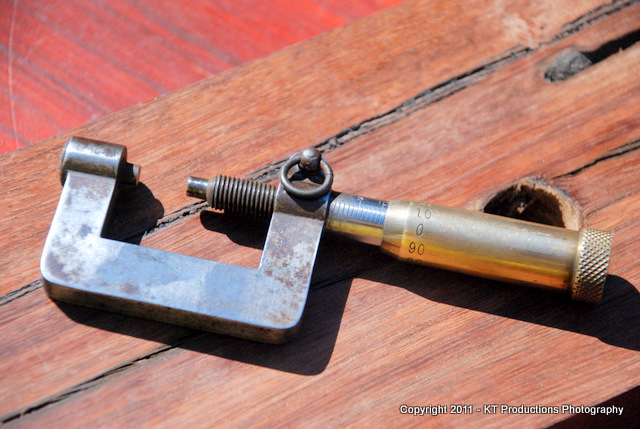Nev Hallam
Established Member
I work along side a guy who has issues, to say he's a perfectionist is an understatement, he organises everything, its definitely some kind of obsessive compulsive disorder. He asked to borrow my tape to measure, to measure something he was about to cut, when he said it wouldn't be right anyway as it was just a Stanley tape! We ended up in a discussion with regard to the precision of my tape vs the accuracy of his 5mtr Lufkin. I was actually surprised that when I used my tape along side my 150mm Rabone steel rule the 110mm mark look out a fraction and if I was to become picky there where actually a few imperfections in the print of the millimetres on the Stanley.
All this said we where being ridiculously scrutinous, as both the Lufkin and the Stanley were both perfectly ok for tasks we'd require of them.
But did get me thinking, What would you say was the most accurate of all tape measures? I know Lufkin are good but I don't like the feel or ergonomics of them.
When I googled the most accurate tape measure in the world I got a brand I'd never heard of, Advent.
All this said we where being ridiculously scrutinous, as both the Lufkin and the Stanley were both perfectly ok for tasks we'd require of them.
But did get me thinking, What would you say was the most accurate of all tape measures? I know Lufkin are good but I don't like the feel or ergonomics of them.
When I googled the most accurate tape measure in the world I got a brand I'd never heard of, Advent.





